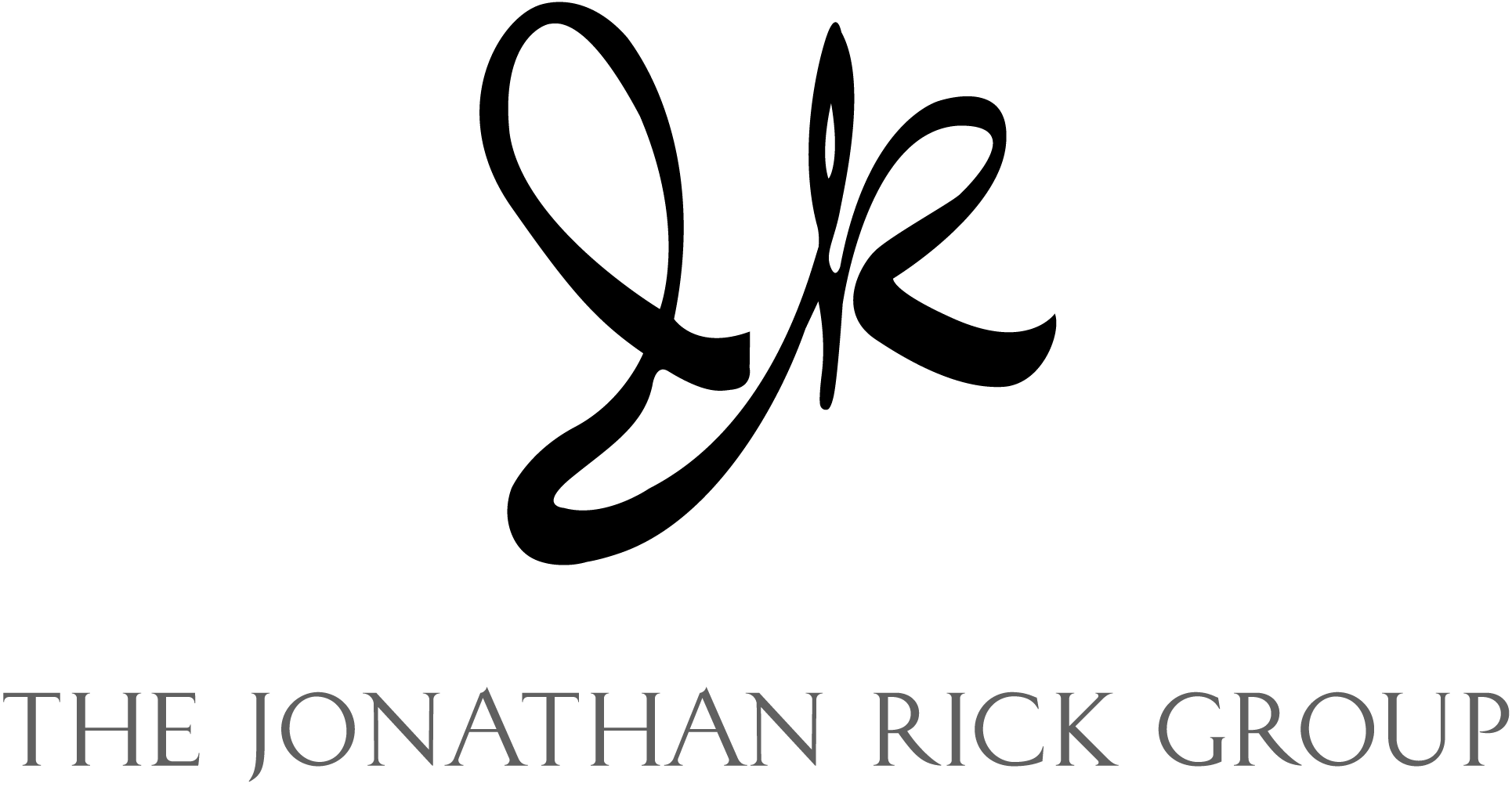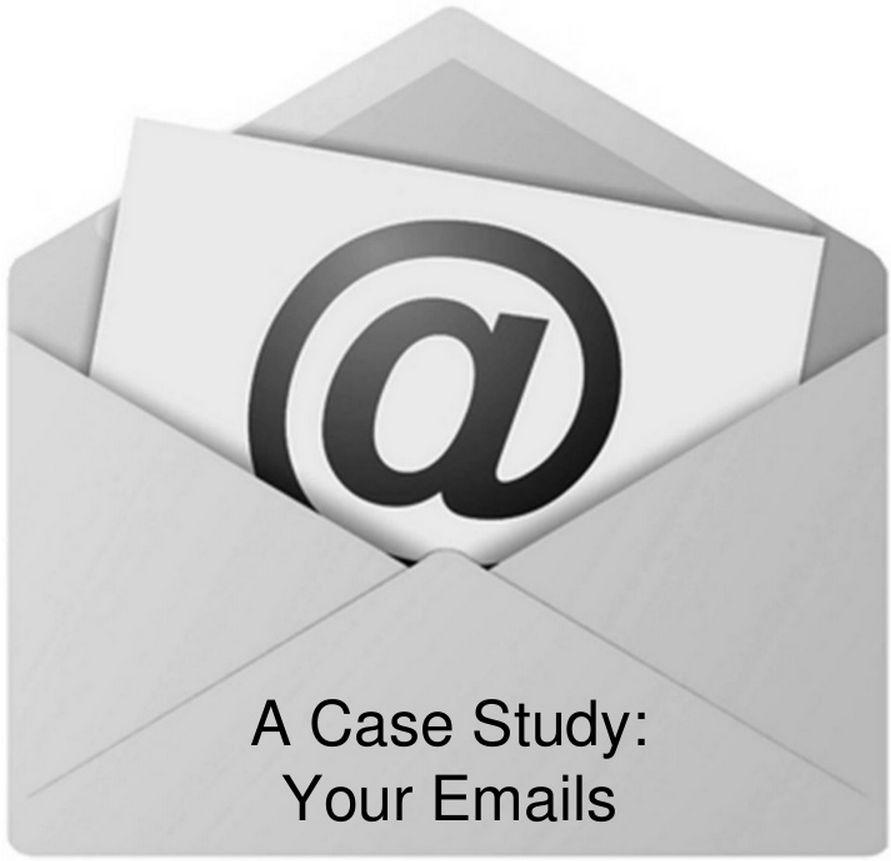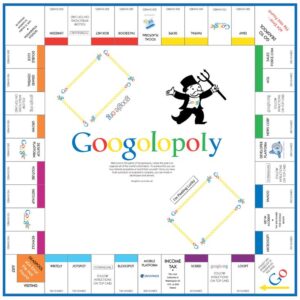Digital branding starts in your inbox.
It’s something you take for granted, something seemingly trivial, even mundane. When executed thoughtfully, however, it makes a splash. It says, “This guy is sharp — I want to work with him!”
What is this opportunity, obvious but overlooked? It’s the bookends of your emails: your address and signature block — often, the first and last thing your recipients will see. For better or worse, your email bookends are powerful purveyors of your brand. What are yours conveying about you?
Consider just the address. As the Oatmeal has observed, the domain you choose is like a Rorschach test, betraying your sophistication, or lack thereof. A few examples:
Bad
Until recently, my accountant went by the moniker taxplaya@hotmail.com. In retrospect, it’s easy to see why no one I referred to him ended up as a client: his email address was telling the world, “I can’t be taken seriously.” (While each address here derives from a real one, I’ve tweaked each one to spare the owner embarrassment and spam.)
Similarly, when I needed a reference and the HR woman couldn’t get a former colleague on the phone, I was asked if my contact had an email address. He did — but bigbadbobby@gmail.com doesn’t exactly scream credibility. I politely told the recruiter I’d contact Bobby directly and ask him to call her.
Years after savvy netizens had moved from an email address issued by their Internet service provider (ISP) to a free service like Gmail, Hotmail, or Yahoo, a colleague still clung to her @verizon.net inbox. By sticking with a provider favored (by default) by digital rubes, Rachel was announcing to the world, “I talk the talk, but I don’t walk the walk.”
Don’t be Rachel the Rube. Your digital footprint is your calling card. If you’re still employing an email address you got in 1996, bite the bullet and switch to your own domain (like JonathanRick.com).
Good
David All founded the (recently shuttered) David All Group. His email address: david@davidallgroup.com. This me@me syntax sends two messages: (1) “I work for myself,” and (2) “You’re talking to the boss.”
A colleague, who with her husband runs a website agency, goes by her nickname rather than her full name. Hence her address: steph@creative3.com. This lets people know, “I work for a casual small business.”
My friends at Chief, a branding agency, send emails from @mybigchief.com. This choice is exactly right. If you pop in to Chief’s headquarters, you won’t find the Chieftains wearing suits; this is a place where they write on the walls and hold meetings on couches. So while @mybigchief.com may not reel in a stodgy client, it’s the perfect way to bait the brands Chief wants to work with.
Your Email Signature
By using a credible, compelling email address, you establish brand equity. Yet perhaps more important is what happens when someone opens your email. Here, your signature block offers a golden opportunity to distinguish yourself. Again: what brand are you broadcasting? A few examples:
For years, I eschewed an email signature (unless pitching a blogger). I was so turned off by the MySpace-ish trend to exhibit a parade of colors and a quote in large text that I planted my keyboard in the opposite direction: I used nothing. To my mind, I was acting on the KISS principle — Keep It Simple, Stupid — but what others heard was, “Don’t call me; I’ll call you.” (Indeed, your brand isn’t what you say it is. It’s what they say it is.)
A young lawyer I know does something that makes me cringe. In her email signature, Abby lists her law school and college, each followed by the year she graduated. But after you’ve hung your diplomas on your wall, is citing them in your everyday emails necessary? Is it even beneficial? If it were me, I’d prefer to be judged on my accomplishments, not my age or alma mater.
How you end your email is not an academic question; it can fuel new opportunities. That’s why a friend who runs a video production agency harnesses social media to supercharge his signature. Tom begins with a call to action: “Check us out!” He continues with links to his website, his social media channels, and his latest blog post. Taken together, these four small steps proclaim, “I’m socially savvy.”
A crisis communications company isn’t the kind of outfit you’d expect to be active on seven social networks. Yet for Levick, practicing what you preach is paramount. That’s why every Levicker’s email signature includes these seven icons, together with links to Levick’s website and blog. This all comes after Levick’s logo and tagline, which comes after the sender’s job title, office phone, mobile phone, fax number, and address. At least you won’t see a disclosure notice. Wait, you will — 70 more words. (Disclosure: I consult for Levick.)
Overkill? Certainly. The thing is, the Levick signature block is visually stunning. That’s because it wasn’t an afterthought, but an integral facet of the firm’s rebranding. For example, not only do Levick’s emails share the same red, gray, and black color scheme of its website (which is branding 101), but not even the traditional blue for hyperlinks is allowed to intrude on this uniformity (branding 201). In fact, Levick guards its brand so keenly that its email template is centralized in its IT department (instead of letting each employee create his own). As a result, nobody at @levick.com goes rogue (by, say, admonishing recipients to “think twice before printing this email”).
For these reasons, Levick’s email signature achieves an impressive trick: it communicates a cutting-edge embrace of technology without undercutting the firm’s gravitas.
Your Brand
Whether you know it or not, a brand is trailing you everywhere you click. But your brand isn’t only what appears when your name is Googled, how you stage yourself on LinkedIn, and what you tweet about. Your brand also encompasses what you — and most people you know — no doubt spend unending time keeping up with: your emails.
Indeed, digital branding starts in your inbox. After all, more people likely view your emails than view your social media posts. That makes your e-bookends — your email address and your signature block — prime real estate on which to build your brand.
You can do a number of things to own this brand, or you can sit back and let casual decisions define it for you. You can brand yourself, or you can be branded.
The choice, as always, is yours.
Follow me on Twitter and LinkedIn, where I brand myself daily.
A version of this blog post appeared in Fast Company on February 25, 2013.




